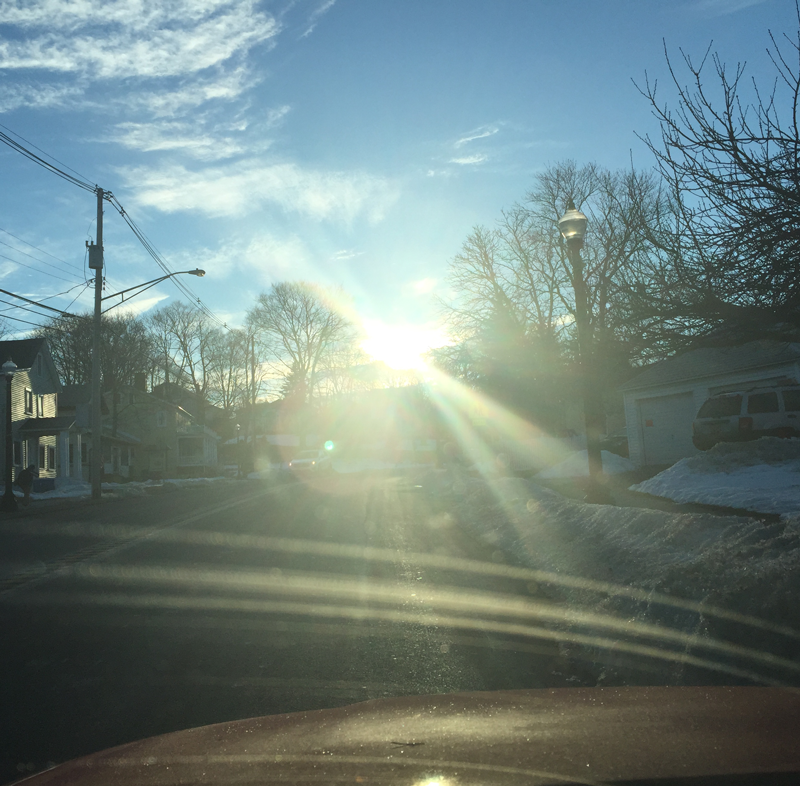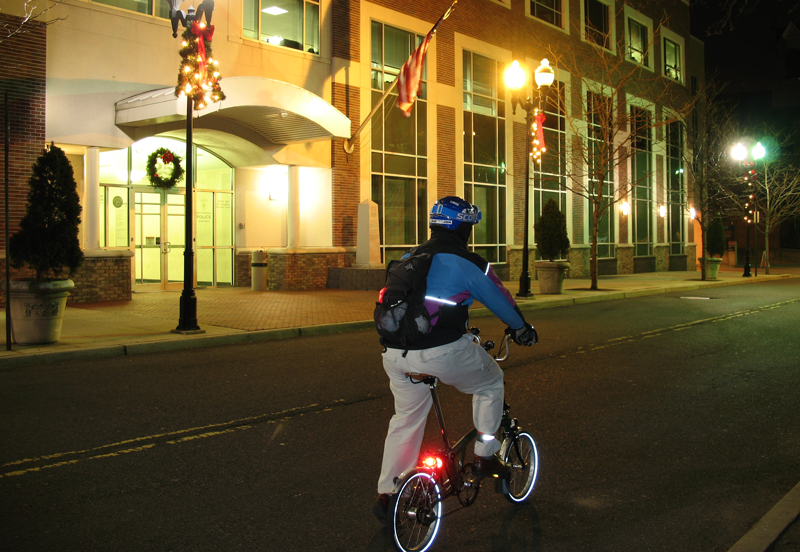This year, Daylight Savings Time ends on Sunday, November 1st. As we set our clocks back an hour, please recognize this time change has on driving throughout our communities. Decreased daylight is more challenging for motorists to see people walking and bicycling, especially children. In addition, morning and late afternoon sun glare reduce visibility for drivers, making it difficult to spot people walking and bicycling from behind the wheel. Sadly, every year when the time changes, we see a spike in injuries and fatalities of those on foot and bicycles.
Here are a few tips to help keep everyone safe during this darker season:
For Drivers:
- Sun glare blinds drivers. When the sun shines directly in your eyes, slow down and use extra caution, especially while driving through school zones. Pullover to adjust your visor, put on sunglasses, and clean your windshield if you have trouble seeing.
- Clean your windows well. Especially as mornings become frosty, take the time to thoroughly clear snow and ice from all your windows and mirrors. Ensure that your defroster and windshield wipers are in good working order, and replace washer fluid as needed. Clean the inside of your windows, too, as sun glare amplifies through dirty windows.
- Slow down and leave more room between you and other vehicles. When it becomes darker, more time is needed to watch for walkers and bicyclists. Please slow down, and always allow extra space when passing them.
- Keep sunglasses in the car for unexpected glare. Invest in polarized sunglasses to reduce glare.
- Eliminate distractions. Don’t drive distracted or impaired. Any behavior that slows reaction time increases the risk of a crash.
- Always watch for people walking and bicycling. Many streets and roads lack adequate lighting, especially at crosswalks and intersections. Look for people on bicycles riding with traffic and for people waiting to cross streets.


For People Walking and Bicycling:
- Be aware as earlier dusk and dark hours reduce visibility. Bring a flashlight when walking at sunset or dark (a cell phone light works well, too). New Jersey law requires bicyclists to equip their bicycles with a white headlight and a red rear light when riding in the dark. Reflective materials on clothes and items are also an excellent investment.
- Ride with traffic and in the streets. When on your bicycle, ride predictably in a straight line (avoid swerving), and always ride in the same direction as traffic.
- Use marked crosswalks and cross at signalized intersections whenever possible. The safest way to cross streets is at intersections where motorists most stop for lights.
- Never assume that the driver of a vehicle sees you, even when you have the right of way. Take an extra look at traffic before crossing at intersections. Be aware of the times of the day when there is heightened sun glare. Walk facing traffic, especially if there are no sidewalks.
During this pandemic, please take extra precautions. Help yourself, family, and friends stay healthy by observing the three W’s: Wear a Mask, Watch Your Distance, and Wash Your Hands. Please be safe, and look out for one another!
